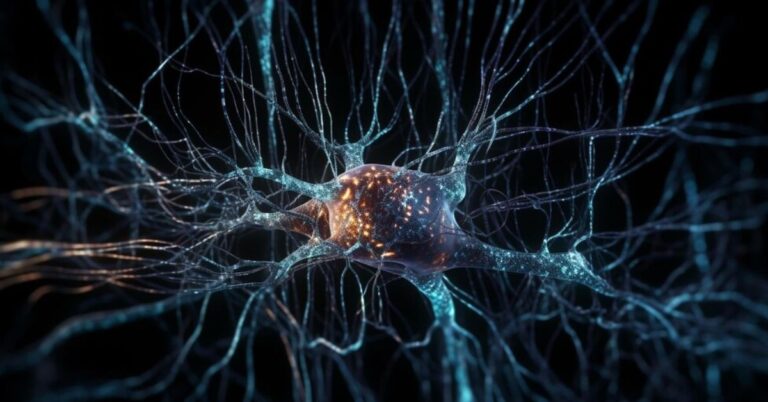Nerve damage, whether caused by injury, disease, or aging, has long been considered irreversible. However, recent advancements in regenerative neurotherapy are challenging this belief. Scientists and medical researchers are developing cutting-edge treatments that aim to repair, regenerate, and even reverse nerve damage. But how does this process work, and what does it mean for patients suffering from conditions like peripheral neuropathy, spinal cord injuries, or neurodegenerative diseases? Let’s break down the science behind regenerative neurotherapy and explore how it is revolutionizing nerve health.
Understanding Regenerative Neurotherapy
Regenerative neurotherapy is a field of medicine focused on restoring damaged nerve cells and their functions. Unlike traditional treatments that only manage symptoms, regenerative approaches aim to repair the underlying nerve damage, helping patients regain sensation, movement, and overall neurological function.
The nervous system comprises the central nervous system (CNS), which incluces the brain and spinal cord, and the peripheral nervous system (PNS), which consists of nerves that extend throughout the body. While the CNS has limited ability to regenerate, recent discoveries suggest that specific treatments can stimulate nerve regrowth and functional recovery.
Breakthroughs in Regenerative Neurotherapy
Several promising techniques are driving advancements in regenerative neurotherapy:
1.Stem Cell Therapy
Stem cells have the remarkable ability to transform into different types of cells, including nerve cells. Researchers are using stem cell injections to regenerate damaged nerves, reduce inflammation, and restore function. Studies show that stem cells can help treat spinal cord injuries and peripheral neuropathy, offering new hope for patients with nerve disorders.
2.Growth Factors and Biologics
Growth factors are proteins that promote cell growth and repair. Scientists have identified several key growth factors, such as nerve growth factor (NGF) and brain-derived neurotrophic factor (BDNF), that can stimulate nerve regeneration. These biologics are being developed into injectable therapies to enhance nerve repair.
3.Electrical Stimulation and Neurostimulation
Electrical stimulation techniques, such as transcutaneous electrical nerve stimulation (TENS) and spinal cord stimulation, have been shown to enhance nerve regeneration. These methods work by stimulating nerve activity and encouraging neural pathways to rewire themselves, improving mobility and reducing pain.
4.Platelet-Rich Plasma (PRP Therapy
PRP is derived from the patient’s own blood and contains high concentrations of healing proteins and growth factors. PRP injections are being explored for their potential to promote nerve healing and reduce pain in conditions like neuropathy.
5.Gene Therapy
Scientists are exploring gene therapy as a way to activate nerve regeneration at the molecular level. By delivering specific genes that promote nerve repair, researchers aim to enhance the body’s natural healing processes and reverse nerve damage.
The Future of Nerve Regneration
While regenerative neurotherapy is still evolving, early clinical trials have shown promising results. Patients with conditions once considered untreatable, such as chronic neuropathy or spinal cord injuries, are experiencing improvements in pain levels, mobility, and sensation.
With ongoing research, regenerative neurotherapy could soon become a mainstream treatment, offering millions of people the chance to regain their quality of life. Science is proving that nerve damage isn’t always permanent, and the future of neurology is brighter than ever.

